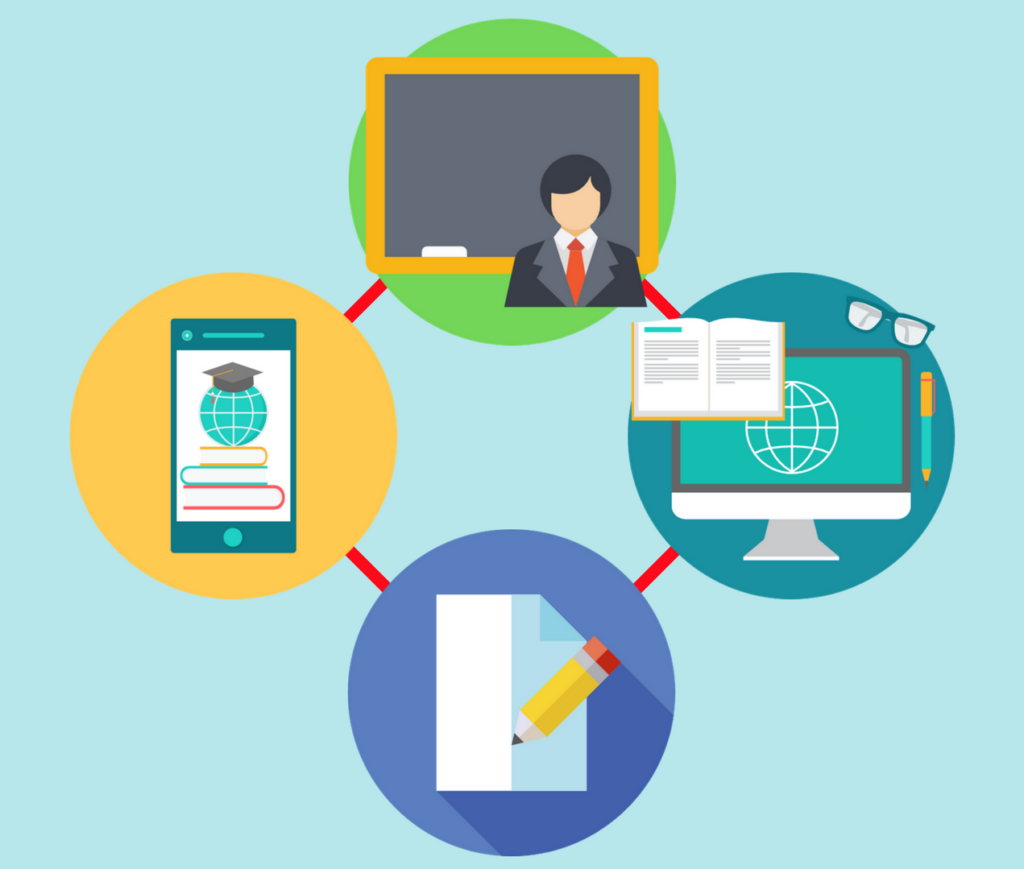
Blended learning is no longer a new mode of course delivery. It has grown in popularity since early 2000s, and grown even more rapidly amid COVID-19 pandemic. Most of the adoption, thus far, have occurred at the teacher-level. However, interestingly, more frequent initiatives for institutional adoption have been emerging. But why?
The reason is simple. Blended learning can provide learners with multiple affordances. Firstly, blended learning can increase access to learning. It can allow people who live at remote locations to participate in education. The rapid school closures and the swift shift to remote delivery, amid the current global pandemic have provided some extraordinary testimonies about the potential of blended learning in reaching the unreached. The recent experience, across the education spectrum suggest that blended learning can be a suitable solution for people who want to study without attending regular on-campus classes.
Secondly, blended learning can provide learners with increased flexibility. It typically involves reduced F2F interactions, and learning is managed through a learning management system like Moodle. Additionally, the online learning can be quite personalised that often allows learners to complete course activities on their own time and pace. This flexibility is generally attractive for busy individuals who have unavoidable family responsibilities at home, fulltime employed, and other commitments such as community engagement. Therefore, many students who can be classified as “mature-age students” often like blended learning.
Another key affordance of blended learning is enhanced learner engagement. Blended learning is not just using online learning with F2F classes. It involves purposeful integration of digital technology with F2F instructions. The aim of the integration is bringing together the richness of both the modes of instructions. This combination allows learners to have a range of synchronous and asynchronous activities which often open more avenues for meaningful learner engagement. Several studies suggest that blended learning can provide enhanced learner engagement1. Because of this enhanced engagement, learners can perform better compared to fully online, and fully F2F alone.
In sum, blended learning being one of the buzzwords in the field of education is not surprising. It can provide learners and teachers with multiple affordances. However, the integration of F2F and digital technology must be purposeful to provide students with the richness of both the modes of instruction.
1Lima, F. d. B., Lautert, S. L., & Gomes, A. S. (2021). Contrasting levels of student engagement in blended and non-blended learning scenarios. Computers and Education, Vol.172.
